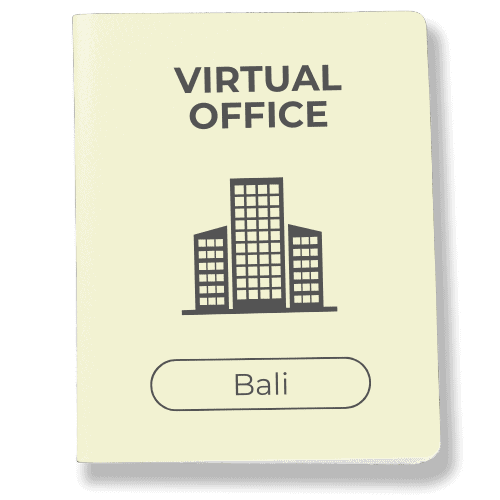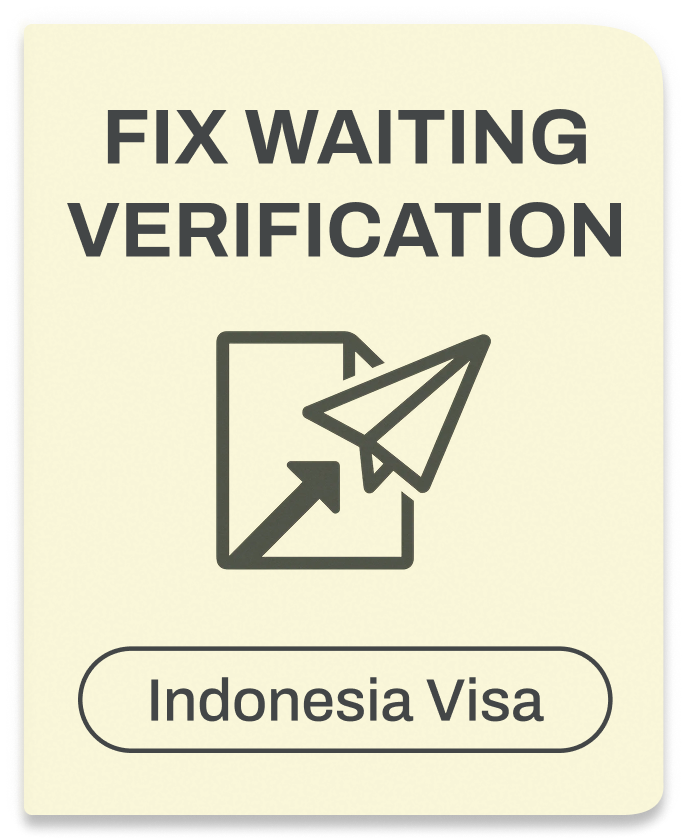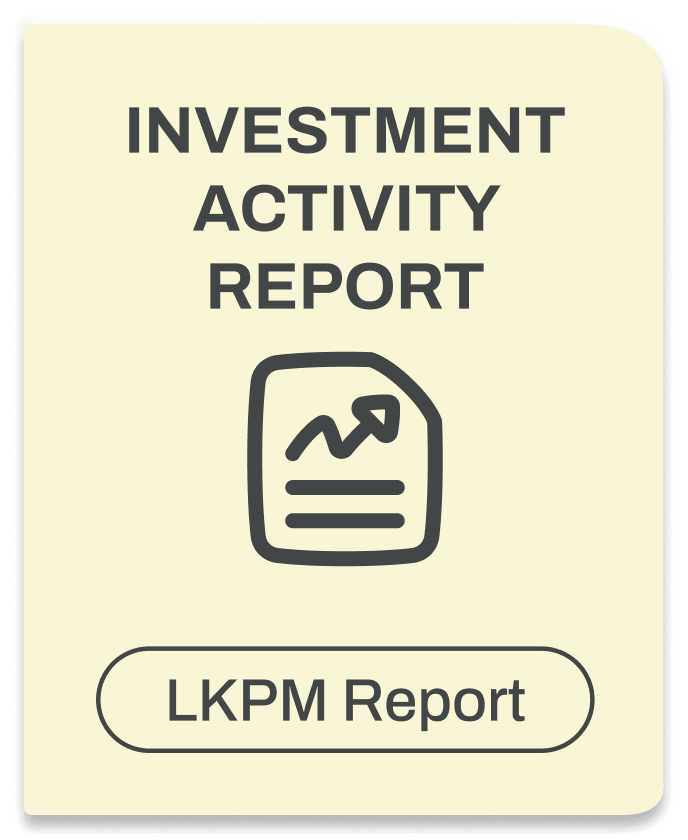What Tourists Get Wrong About Renting a Scooter in Bali

Before you start renting a scooter in Bali, ask yourself three quick questions:
- Do you have prior motorcycle or scooter experience? Not just “I rode once in college,” but actual, comfortable riding time.
- Do you have a valid motorbike license AND an International Driving Permit (IDP) that covers motorcycles? Some countries’ driving licenses won’t cut it.
- Are you comfortable riding on the left side in heavy traffic, narrow alleys, and tropical rain? Bali’s roads are beautiful but unpredictable.
If you answered “no” to any of these, skip ahead to the Alternatives section. Seriously. There’s no shame in choosing a private driver over a hospital visit.
What’s Legal in 2025 (and What Isn’t)
Let’s get the paperwork out of the way first, because this is where most tourists make mistakes when renting a scooter in Bali.
Your Home Country License Isn’t Enough
You need two things to ride in Indonesia legally: a valid motorcycle license from your home country (with a motorcycle endorsement, not just a driving license for cars) and an International Driving License that specifically includes motorcycles. Many tourists confuse the International Driver’s License with the International Driving Permit; they’re the same document, just different names. Your regular car driving license alone won’t work, even if the rental shop hands you the keys anyway. The IDP translates your home country license into Indonesian, and police can ask for it during random checks on main roads.
Rent from Licensed Operators Only
Indonesia cracked down on unregistered scooter rental operations. That guy on the beach with 20 bikes lined up? He might not have proper registration, insurance coverage, or safe vehicles. Stick with established rental companies that can show you their business license. It costs a bit more, but you’re paying for bikes that actually get maintained and legal paperwork that holds up if something goes wrong. Professional rental companies also offer roadside assistance if your vehicle breaks down.
Helmet Rules Are Serious
Both rider and passenger must wear helmets that meet SNI (Indonesian safety) standards, look for the SNI label inside. Many reputable rental companies now provide sanitized helmets with each rental. No helmet means potential fines for both of you. And here’s a weird one: you must ride with your headlights on during the day. It’s the law. Get caught without lights on and you’ll pay around 250,000 rupiah (about $16). Riding without a valid license? That fine jumps to 1,000,000 rupiah or more, and there are serious consequences if you’re involved in an accident.
Nyepi: The Day Everything Stops
Nyepi is Bali’s Day of Silence, usually falling in March. On this day, the entire island shuts down, no vehicles, no lights, no noise. Tourists must stay in their hotels. If you’re renting scooters during Nyepi week, confirm with your rental shop what happens on that day. Spoiler: you won’t be riding anywhere, and that’s non-negotiable.
Insurance That Actually Protects You
Most rental shops include basic damage insurance coverage, but read the fine print because “insurance” doesn’t always mean what you think it does.
Two Types You Need to Understand
Rental damage insurance covers the scooter if you scratch it or drop it. It usually has an excess (the first chunk of damage you pay yourself), often around $100–$200. This doesn’t cover you, just the bike. If things get really bad, travel insurance covers your hospital bills, evacuation, and sometimes even repatriation. These are separate policies, and you need both.
Here’s the catch: most travel insurance won’t cover you if you’re riding without a valid International Drivers Permit and motorbike license, or if you weren’t wearing a helmet. Read your policy’s motorcycle exclusions carefully before you go. This is one area where shortcuts have serious consequences.
Document Everything Before You Ride
Before you twist the throttle, take photos of the rental agreement, the insurance policy page (especially the excess and emergency contact number), and pictures of every scratch, dent, and scuff on the bike. Walk around with the rental shop staff and point out existing damage. If it’s not documented, you might pay for it when you return the scooter.
Where to Rent, and How Not to Get Burned
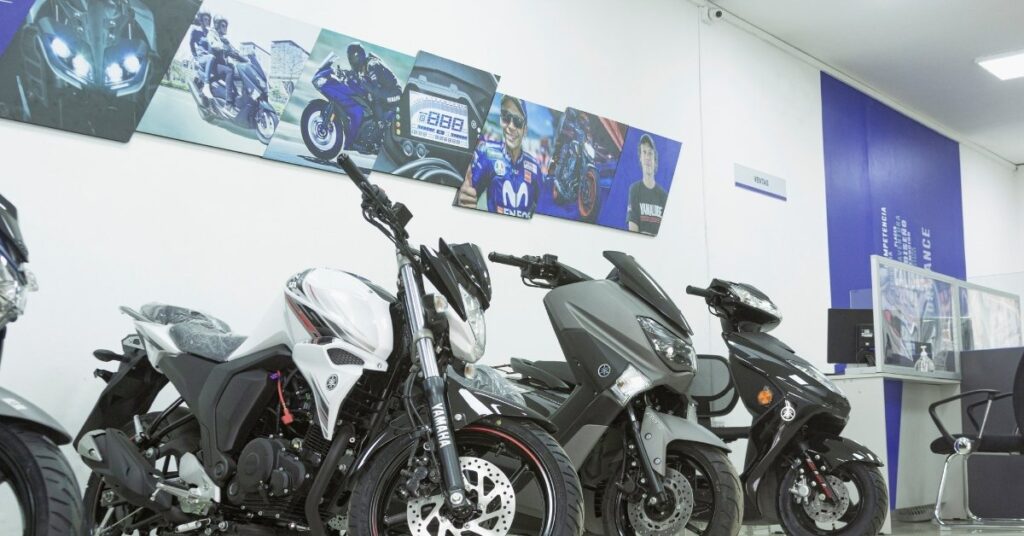
You’ll find three main types of scooter rental options in Bali, each with trade-offs.
Street Rentals
These are the small shops lining tourist areas. They’re the cheapest option (50,000–70,000 rupiah per day for a basic scooter, about $3–$5), bikes are usually okay, and the process is fast. The downside? Mixed quality, minimal insurance coverage, and if something breaks, you’re dealing with one person who might be hard to reach. Fine for experienced riders on a budget, risky for inexperienced riders.
Hotel or Villa Rentals
Convenient but marked up. Your accommodation might charge 100,000–150,000 rupiah per day. You’re paying for the ease of picking up the vehicle at your front door and dropping it back without a trip across town. The bikes are usually well-maintained since the hotel’s reputation is on the line.
Professional Rental Companies
Companies with websites, multiple locations, and actual offices charge the most, 120,000–200,000 rupiah per day, but you get newer bikes, real insurance coverage, helmets that fit, and 24/7 roadside assistance. If you’re new to renting scooters or Bali, this is your safest bet for a stress-free experience.
Never Leave Your Passport
Some sketchy operators will ask to hold your passport as a deposit. Don’t do it. Your passport is your legal ID in a foreign country. Offer a cash deposit (usually 1,000,000–2,000,000 rupiah) or a credit card hold instead. Legit businesses accept this. Get a receipt for everything: deposit, rental fee, and helmet.
Read the Rental Agreement (Yes, Really)
Before you sign, check: Is there a mileage limit? What happens if you return the bike late? Who pays if the scooter gets stolen? What counts as “damage” you have to pay for? If the rental agreement is sketchy or non-existent, walk away.
Pre-Ride Checklist
Don’t skip this. It takes a few minutes and can save you hours of headaches. Here are a few tips to check before you ride.
Documents & Safety Gear
- Passport copy (leave the original locked in your hotel safe)
- Home country motorcycle license
- International Driving Permit (IDP)
- Rental agreement and insurance papers
- SNI-certified helmet that actually fits snugly
Bike Condition
- Check both mirrors; are they tight and giving you a clear view?
- Test the horn (you’ll use it constantly)
- Squeeze the brakes hard; the front and rear should be firm, not mushy
- Look at the tires for cracks, bald spots, or low air pressure
- Turn on the headlight and brake light; both must work
- Make sure there’s fuel in the tank (and know where the reserve is)
Smart Additions
- Phone mount (so you’re not riding one-handed while checking Google Maps)
- Rain poncho (afternoon showers are common)
- First aid kit (some rental companies include this)
- Take clear photos of every existing scratch from multiple angles
If something feels off, a wobbly mirror, a weak brake, or bald tire, tell the rental shop immediately. Don’t ride a sketchy bike just because you already paid.
Fueling & Paying
Running out of gas in the middle of rice fields is not the adventure you want.
Where to Refuel
Official Pertamina gas stations are everywhere and easy to spot, big signs, pumps, attendants who’ll fill the tank for you. Ask for Pertalite (the standard fuel for most scooters) or Pertamax (higher octane, slightly more expensive but cleaner burning). A full tank on a small scooter costs about 15,000–25,000 rupiah ($1–$1.50).
You’ll also see roadside stalls selling fuel in glass bottles. It’s usually Pertalite, marked up a bit, but handy if you’re far from gas stations. Just make sure the bottle is sealed and looks clean. Most scooters get 40–50 kilometers per liter, so a full tank takes you pretty far.
Paying for Things
Cash is still king in Bali. Carry small bills (20,000 and 50,000 rupiah notes) because street vendors and tiny shops often can’t break 100,000 notes. You’ll pay for most things this way. More places now accept cards and QRIS (Indonesia’s QR payment system), especially in tourist areas, but always ask first. Gas stations usually take cards; roadside bottle sellers won’t.
Ride Smart (Local Road Etiquette)

Bali’s traffic has its own logic, and you need to learn the local laws and traffic rules fast.
Left Side Driving & Alley Rules
Indonesia drives on the left-hand side, so everything feels backward if you’re from the US. Take it slow until your brain adjusts. In narrow alleys (called gang), go slow and beep your horn lightly before blind corners; locals expect it. But don’t blast your horn near temples or during ceremonies. It’s considered rude, and locals will definitely glare at you.
Lights On, Always
Keep your headlight on during the day. It’s the law and helps you be seen in the chaos. If you’re new to riding, avoid riding at night in the rain. Wet roads + darkness + unfamiliar bike = bad combination.
Theft Prevention at Stoplights
Phone and bag snatching happens at red lights, especially in Seminyak and Kuta. Keep your phone in your pocket, not in a mount. Bags should be in front of you or secured under the seat. When parked in a car park, use the steering lock and park where locals park; they know the safe spots.
Where Not to Learn
Don’t practice in busy areas. Canggu’s shortcut alleys are narrow and full of speeding locals. Nusa Penida’s hills are steep with loose gravel. Rainy days make everything slippery. If you’re rusty or an inexperienced rider, find a quiet empty car park or empty road and practice throttle control, braking, and slow turns for 20 minutes. Consider booking a scooter lesson with a local instructor; it’s surprisingly easy to find one and cheap compared to hospital bills. It’s boring but it works.
Popular Scooter Models You’ll Encounter
When you rent a scooter in Bali, you’ll likely see these models at most rental shops:
Entry-Level Scooters (Perfect for Beginners)
Honda Scoopy – The most common beginner scooter on the island. Small, light, automatic, and forgiving. Great for short trips around town and perfect for navigating narrow alleys. It does not have much more power, but it is enough to explore Bali at your own pace.
Honda Vario – A step up from the Scoopy with slightly more power and a bigger seat. Still automatic and easy to handle, but better for longer day trips and two people with luggage.
Intermediate Options (More Power & Comfort)
Yamaha NMAX – Popular with tourists who want more power for highway speeds and hill climbs. Bigger, heavier, and more stable than the Scoopy or Vario. Great if you’re visiting multiple destinations in one day or carrying surf racks.
Honda PCX – Similar class to the NMAX, smooth ride, good for longer distances. Rent this if you’re planning to explore Bali beyond just the south coast.
Advanced Riders Only
Yamaha XSR – A retro-styled bike with real power. Manual transmission, not for inexperienced riders.
Honda CRF – Off-road capable dirt bike. Only rent this if you’re experienced with manual motorbikes and planning rural areas exploration. Not ideal for traffic jams in town.
Most tourists stick with automatic scooters like the Scoopy or Vario. They’re the cheapest option, easiest to ride, and perfect for navigating Bali’s mix of main roads and tiny alleys.
Routes & Areas (Beginner → Intermediate)
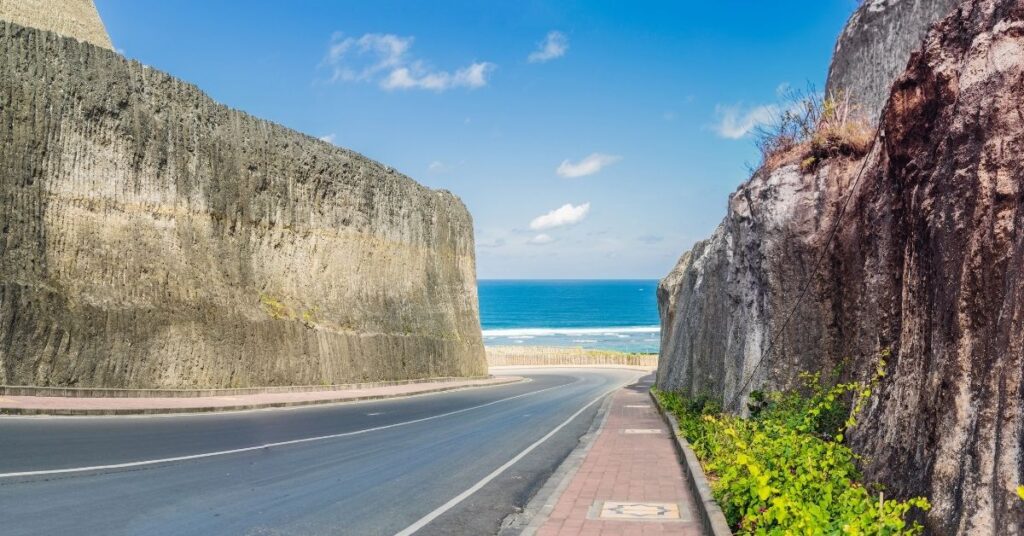
Once you’re comfortable, Bali has amazing rides. One of the best things about renting a scooter in Bali is exploring at your own pace and creating your own itinerary.
Easy Coastal Hops (Beginner-Friendly)
The coast road from Sanur to Padang Bai is mostly flat and scenic. Seminyak to Canggu beach road is straightforward but can get traffic jams during rush hour. These are good for building confidence and visiting stunning beaches at your own pace.
Ubud Ricefield Loops (Intermediate)
The small roads north of Ubud through Tegallalang rice terraces are gorgeous but narrow. You’ll share the road with tourists taking photos, so stay alert. The Campuhan Ridge area has quieter backroads worth exploring. Perfect for discovering hidden gems away from the main roads.
Moderate Hill Climbs (Intermediate)
The road to Bedugul and Lake Bratan is winding with elevation gain. Traffic is lighter than in the south, but it’s cooler and often misty. Take your time on the curves. This is where having more power in a bike like the Yamaha NMAX helps.
Skip During Peak Rain
The road to Amed (east coast) is stunning but has sections that flood during heavy rain. The Bukit Peninsula’s coastal roads get slick fast. Check the weather and if it’s pouring, just wait it out at a warung with coffee.
The freedom to visit multiple destinations on two wheels, stop at hidden gems, and explore Bali without traffic jams (if you avoid peak hours) is why so many tourists rent rather than hire a car.
What to Do If Things Go Wrong (Save These Numbers)
Hopefully, you never need this section, but screenshot these numbers now.
Emergency Contacts
- 112 – General emergency (works like 911)
- 110 – Police
- 118 or 119 – Ambulance
Tourist-Area Clinics
Seminyak, Canggu, Ubud, and Sanur have clinics catering to foreigners with English-speaking staff. Ask your hotel or rental shop for the nearest one before you ride. BIMC Hospital and Kasih Ibu Hospital are the main ones tourists use.
If You Have an Accident
Minor scrape: Take photos of the scene and any damage. Contact your rental shop immediately. Clean and bandage any wounds with your first aid kit, but if bleeding won’t stop or you hit your head, go to a clinic even if you feel fine. Call your travel insurance hotline and explain what happened. Depending on the situation, police may or may not get involved.
Major crash: Call 112 first if you or anyone else is seriously hurt. Don’t move unless you’re in immediate danger. Take photos if you’re able. Get a police report (it’s required for insurance claims). Then contact your rental company and insurer. Keep all medical receipts and documentation, you’ll need them. An accident without proper documentation can cost you thousands.
Alternatives If You Decide Not to Ride
Not everyone should rent a scooter, and that’s completely fine. Bali has plenty of other transport options.
Grab and Gojek (Ride-Hailing Apps)
These are Indonesia’s Uber equivalents. Download both apps before you arrive. Rides are cheap, crossing town might cost $2–$5. Drivers are everywhere in tourist areas. The catch: some hotels and businesses restrict ride-hailing pickups to protect their own transport services. If your driver can’t find you, walk to the main road or a nearby car park.
Private Driver
Hire a private driver with a car for the day (usually 500,000–700,000 rupiah, about $30–$45). They’ll take you wherever you want, wait while you explore, and get you home safely. Perfect for long trips to visit multiple destinations or if you’re traveling with a group. Ask your hotel to recommend someone, or book ahead through apps like Klook.
Taxis
Blue Bird taxis are metered and trustworthy. Wave one down or call their app. Avoid unmarked “taxis” that won’t use a meter; they’ll charge tourist prices.
When Each Makes Sense
- Short trips in town? Grab/Gojek.
- Full-day temple tour? Private driver.
- Late night when apps aren’t available? Blue Bird taxi.
- Multi-stop beach day? Private driver beats multiple Grab rides.
- Want to explore Bali without stress? Book a private driver ahead and enjoy a stress-free experience.
The cost difference between a private driver and scooter rental over a week isn’t huge if you factor in fuel, parking, and potential fines. Plus, you can relax and actually look at the scenery instead of watching for potholes.
Costs in Context (Transparent Ranges)
Let’s talk money so you can budget accurately. Renting scooters is cheap compared to most forms of transport in Bali.
Daily Rental Rates
- Honda Scoopy or similar (street rental): 50,000–100,000 rupiah ($3–$6/day)
- Honda Vario or similar (professional rental companies): 120,000–200,000 rupiah ($8–$13/day)
- Yamaha NMAX or PCX: 150,000–300,000 rupiah ($10–$20/day)
- Honda CRF or Yamaha XSR: 300,000–500,000 rupiah ($20–$35/day)
Weekly and Monthly Discounts
Most places knock 20–30% off if you rent for a week. Monthly rentals drop to about 1,000,000–1,500,000 rupiah ($65–$100) for basic scooters. Pro providers charge more but include helmet upgrades, better insurance coverage, and bike swaps if yours breaks.
Additional Costs to Budget
- Fuel: 15,000–25,000 rupiah per full tank (lasts 2–3 days of normal riding)
- Parking in tourist areas: 2,000–5,000 rupiah per stop
- Potential fines if caught without proper documents: 250,000–1,000,000 rupiah
Why Pay More for Rental Companies?
That extra cost at a professional rental company gets you a bike serviced this month, insurance coverage that covers damage without massive hidden fees, sanitized helmets that don’t smell like a gym locker, and roadside assistance when your scooter won’t start. For inexperienced riders, it’s worth every rupiah. It’s still cheap compared to car rental or private drivers.
Micro-Phrases That Help (One-Minute Bahasa)
You don’t need to be fluent, but these words will make your life easier.
- “Bensin” (BEN-sin) – Gasoline/fuel
- “Pertalite” (per-ta-LEE-tay) – Standard fuel type
- “Pertamax” (per-ta-MAX) – Premium fuel
- “Tambah angin” (TAM-bah AH-ngin) – Add air (for tires)
- “Bengkel” (BENG-kel) – Repair shop/mechanic
- “Ban depan” (ban DEH-pan) – Front tire
- “Ban belakang” (ban beh-lah-KAHNG) – Rear tire
- “Helm” (helm) – Helmet
- “Rusak” (roo-SAHK) – Broken
- “Berapa?” (beh-RAH-pah) – How much?
Point at what’s broken, say “rusak,” and locals will understand. Even terrible pronunciation gets you 90% of the way there if you smile. These few tips will help you navigate gas stations, repair shops, and parking situations with confidence.
Frequently Asked Questions (FAQs)
Can I rent without an International Driving Permit?
Technically? Many rental shops will hand you the keys without checking. Legally? You’re breaking local laws. If you get stopped by the police, you’ll pay potential fines. If you crash, your insurance coverage won’t pay out. If you hit someone, you could face serious consequences. Don’t risk it; get an IDP before you leave home. They’re cheap and take 10 minutes to apply online.
Can passengers ride without helmets?
No. Both rider and passenger must wear SNI-certified helmets. If police catch you with an unhelmeted passenger, both of you get fined. The passenger’s fine is the same as the rider’s. No exceptions.
Can I ride on Nyepi?
Absolutely not. Nyepi is a sacred day of silence across the entire island. No vehicles are allowed on the streets, not even ambulances, except for true emergencies. Tourists caught outside face serious fines and possible deportation. Plan your rental dates around Nyepi. It’s usually in March, but the exact date changes yearly based on the Balinese calendar.
Should I book ahead or just show up?
During peak season (July-August and December-January), book ahead if you want a specific bike model or guarantee availability from reputable rental companies. During the low season, showing up works fine. Booking ahead also lets you compare insurance coverage and read reviews.
What if I get pulled over by the police?
Stay calm and polite. Have your passport copy, home country license, and International Driver’s License ready. Police sometimes run checkpoints in tourist areas, specifically looking for tourists without proper documents. If everything is in order, they’ll wave you through. If you’re missing something, expect to pay potential fines, usually paid on the spot.
Do I need special gear?
A helmet is mandatory. Everything else is optional, but smart. Wear closed-toe shoes (flip-flops are asking for road rash). Long pants protect your legs if you drop the bike. Sunscreen is essential, Bali sun is intense and you’re fully exposed on a scooter. Sunglasses or a helmet visor keeps bugs out of your eyes.
What about surf racks or luggage carriers?
Many rental shops, especially in surf areas like Canggu and Uluwatu, offer scooters with surf racks for an extra 20,000–50,000 rupiah per day. Book ahead if you need this. For regular luggage, most scooters have under-seat storage, but it’s limited. A backpack works better for day trips.
Can I take the scooter to Nusa Penida or Nusa Lembongan?
Usually no. Most rental agreements prohibit taking the bike off Bali island. The ferry ride is complicated and insurance doesn’t cover it. Rent a separate scooter when you arrive on the islands, there are plenty of rental shops at the harbor.
Bottom line
Renting a scooter in Bali is one of the best ways to explore the island if you’re properly licensed, insured, and experienced. It’s surprisingly easy, cheap compared to other transport options, and gives you the freedom to create your own itinerary and discover hidden gems at your own pace. It’s also one of the fastest ways to ruin your trip if you’re not prepared. Be honest about your skill level, get the right documents (especially that International Driving Permit), and ride within your limits. Whether you’re dodging traffic jams on a Honda Scoopy or cruising to stunning beaches on a Yamaha NMAX, Bali will still be beautiful, but infinitely better when you’re riding safely and legally.
Ready to Apply or Extend Your Visa?
Let our visa specialists handle your application.








